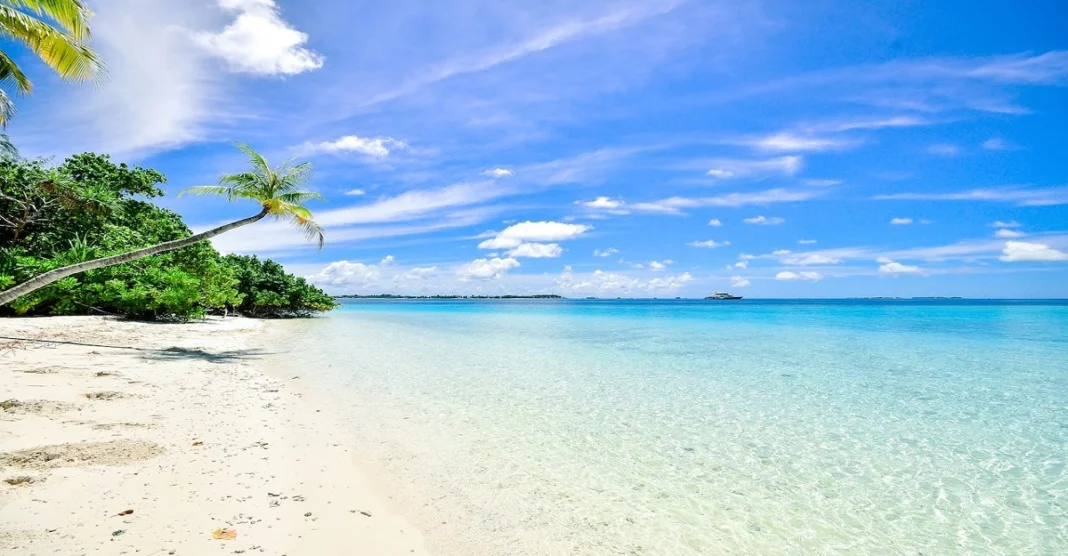Two new Indian beaches from Lakshadweep, Minicoy Thundi Beach, and Kadmat Beach, have received the renowned and internationally recognised Blue Flag beaches in India.
Both beaches have personnel responsible for the upkeep, cleanliness, and protection of swimmers. They meet the 33 requirements the Foundation for Environmental Education (FEE) set forth.
What Makes These Two Lakshadweep Beaches So Popular?
Minicoy Thundi beach
Minicoy Thundi is a sizable, pristine lagoon on the western side of Lakshadweep’s second-largest and southernmost island, stretching over 6 kilometres across the two entrances. The island is 11 kilometres long and has a white sand beach that is regarded as one of Lakshadweep’s most beautiful beaches. One of the oldest in India, its renowned lighthouse was built in 1885.
Beaches have showers and changing areas. In addition to strolling and bathing, beach activities include pedal boating, kayaking, and sailing. To make your stay comfortable, there are many tourist accommodations available.
Kadmat Beach
The island is 11 kilometres long and only 0.57 kilometres wide at its widest point. It is situated halfway between Chetlat Island and Amini Island in the north. It has a lovely little lagoon to the west for water sports like kayaking, pedal boats, sailing yachts, skiing boats, and glass-bottomed boats. The large, sandy beaches popular for sunbathing are the scuba diving centre.
Name of Some Blue Flag Beaches in India
With the inclusion of these beaches, India now has 12 beaches that have received the Blue Flag certification beaches in India, an eco-label given to the world’s cleanest beaches.
The remaining ten beaches are located in the following states:
- Shivrajpur in Gujarat
- Ghoghla in Diu
- Kasarkod and Padubidri in Karnataka
- Kappad in Kerala
- Rushikonda in Andhra Pradesh
- Golden in Odisha
- Radhanagar in Andaman & Nicobar
- Kovalam in Tamil Nadu
- Eden in Puducherry
More on Blue Flag Certification on Beaches
The Blue Flag is one of the most recognisable voluntary eco-labels in the world, given to marinas, beaches, and sustainable boating tourism providers. These beaches must adhere to several requirements, including strict environmental, educational, safety, and accessibility regulations, to gain certification and keep it as well.
The primary goal of the programme, according to the Eco India Blue Flag website, is to encourage people to learn more about their environment by fostering a connection between them and their surroundings. Additionally, it stipulates that the designated beaches shall encourage a permanent display of information relevant to the location regarding biodiversity, ecosystems, and environmental phenomena and must offer environmental education activities.
Promoting environmental awareness, environmental protection, and other sustainable development methods of Blue Flag beaches in India seeks to advance sustainability in the travel and tourism industry.
Also Read: What Are the Best Places to Visit in Summer in India?


